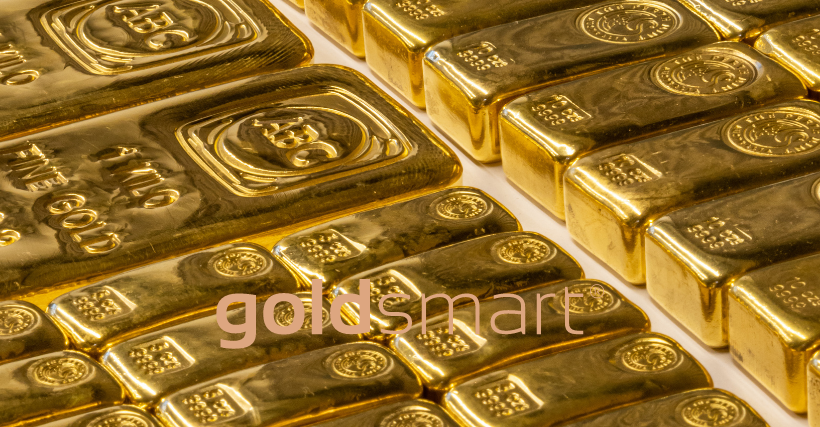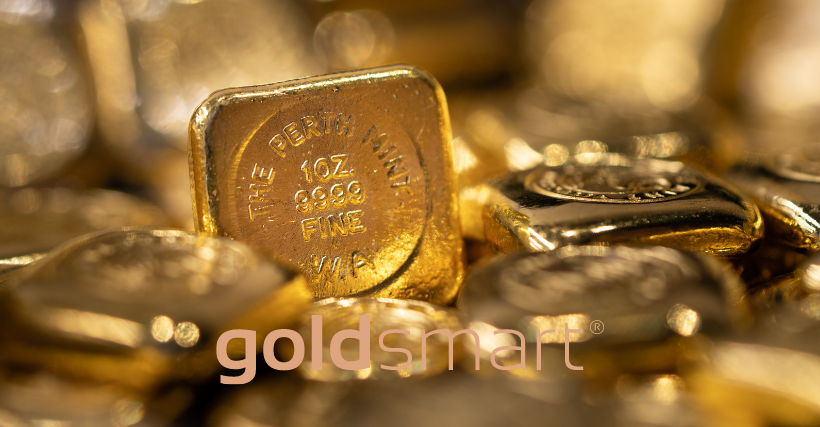Demystifying the Gold Colour
It is very common to hear expressions such as “this jewel is from this or that region” or “this jewel is from this origin” because of its colour.
Others can often say “Gold with this colour??? No, this is not gold!” or “18 carat gold from that place is better”. However this couldn’t be further from the truth. Gold is a metal, therefore it is the same anywhere in the world.
Pure gold is 24 carat. 75% of 24 equals 18. Thus, a piece of jewellery that has 75% of pure gold is 18 carat (750/1000). The other 25% corresponds to the metal alloy that is combined with the gold. The colour of the jewellery is defined by the selection and composition of these alloys.
Colours of Gold
Gold remains always pure, even when connected to other metals. To be turned into jewellery, for being soft, gold requires the addition of other metals. This union with other metals is called league, which is also responsible for the colour of gold. Depending on the percentage of each of the metals that make up the alloy, the colour of gold can vary:
- Gold + silver and copper = YELLOW GOLD
- Gold + nickel or silver and palladium = WHITE GOLD
- Gold + copper, silver and zinc = RED GOLD
18 Carat White Gold
Based on these facts 18-carat white gold would comprise 75% gold (Au) plus a mixture of palladium (Pd) and silver (Ag) or Nickel (Ni)
White gold is as valuable as the other colours. Usually, it is made with a mixture of nickel or silver and palladium, and for this reason, the final appearance is dull and grey. In order to add shine, it is necessary to go through a technical process of finishing, popularly known as “rhodium plating.” Basically, this process consists of immersing the jewel in a specific device which is placed another metal in solid state (usually platinum) that causes the rhodium in its liquid state to set in the jewellery. For this reason, it is common that after a long period of usage, white gold jewellery requires new rhodium plating, since the frequent use of the piece can wear off its shininess (but never the gold). Unlike plated gold, which has the noble metal only on the surface, white gold has gold as the main component.
For helpful advice on selling your jewellery, and friendly and professional service, call Gold Smart and book an appointment with us today.

